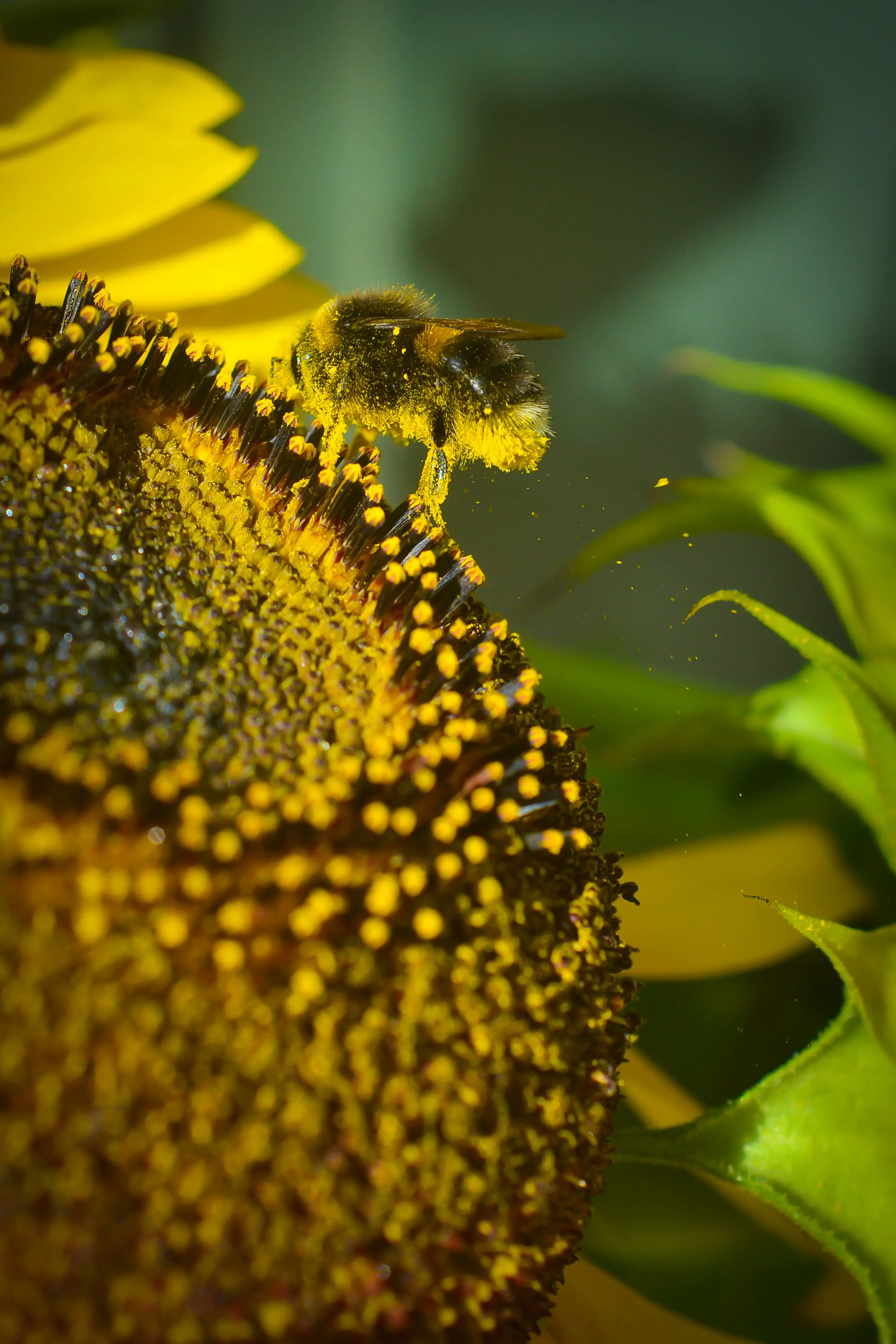Bumblebees Outshine Gym Enthusiasts With Their Nutritional Savvy

In a groundbreaking study, researchers have unveiled the sophisticated dietary habits of wild bumblebees, showcasing their ability to strategically select flowers that provide a balanced intake of protein, fats, and carbohydrates. This discovery, led by a team from Northwestern University and the Chicago Botanic Garden, highlights the intricate relationship between bees and their floral environment.
The research, published in the Proceedings of the Royal Society B: Biological Sciences, is the first long-term field study that delves into the dietary preferences of multiple wild bumblebee species. The team, led by senior author Paul CaraDonna, found that bees employ a strategic approach to their nutrition, challenging the notion that they simply gather pollen at random.
According to the study, larger bumblebees with longer tongues favor pollen with high protein content, whereas smaller bees with shorter tongues opt for pollen richer in carbohydrates and fats. This dietary partitioning allows different bee species to coexist without direct competition, promoting the health and sustainability of their colonies throughout the season.
Justin Bain, the study's first author, conducted this research as part of his dissertation. Bain and CaraDonna's work provides new insights into the nutritional landscape of wildflowers, offering valuable information for designing gardens that support pollinator health.
Bumblebees primarily derive their nutrition from two floral sources: nectar and pollen. Nectar serves as a quick energy source for adult bees, while pollen, rich in protein and fats, is crucial for the development of bee larvae. Worker bees collect this pollen, storing it in special ‘baskets’ on their legs to transport it back to their colonies.
The Northwestern and Chicago Botanic Garden team spent eight years observing eight different bumblebee species in the Colorado Rockies. They meticulously cataloged the flowers visited by these bees and analyzed the pollen's macronutrient content in the lab, exploring the protein, fat, and carbohydrate levels. The result was a comprehensive nutritional map of 35 plant species.
This study not only fills significant gaps in our understanding of bee nutrition but also underscores the importance of selecting appropriate flowers to support these vital pollinators. As CaraDonna points out, this newfound knowledge is crucial given the alarming global decline in pollinator populations.